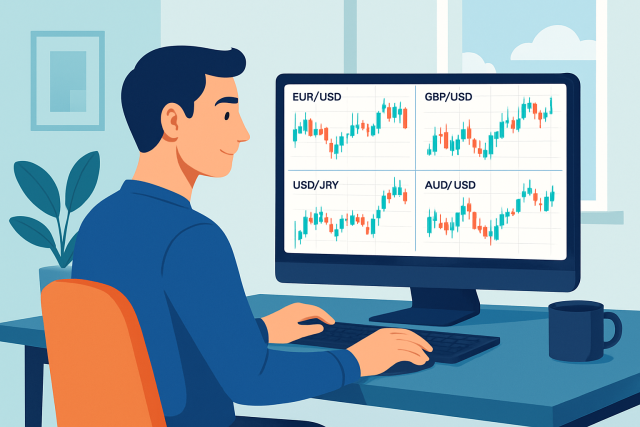
How to Start Forex Trading Using Basic Tools Like TradingView
Discover a practical, step-by-step approach to start forex trading using essential tools like Tradin...
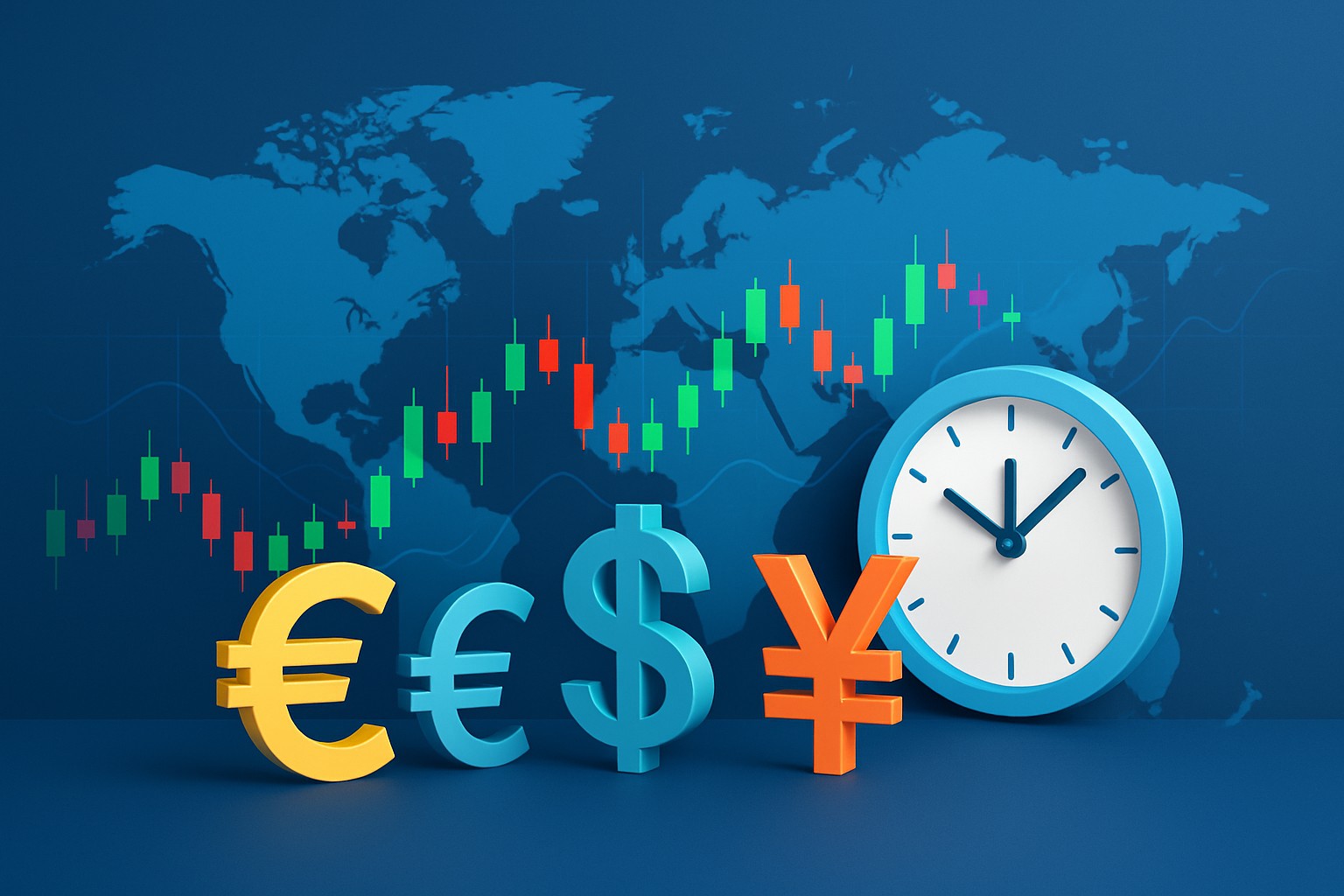
This article serves up a friendly no-nonsense guide to forex trading. It walks you through must-know market concepts, handy strategies, and thoughtful risk management to help you trade smarter.
Forex trading or foreign exchange trading involves buying and selling currencies to profit from fluctuations in their values, making it a popular choice for forex for beginners. It is hands down the largest financial market on the planet with over $6 trillion swapped every single day. For beginners, forex often looks like a golden ticket because of its accessibility and the fact that it never sleeps. That said, it comes with its fair share of headaches because it’s both complex and notoriously volatile.
The forex market is a vast global playground where currencies trade hands in pairs like EUR/USD. Unlike traditional stock markets it never really sleeps. It runs 24 hours a day across different time zones, giving traders the flexibility to jump in almost whenever they fancy. Traders keep their eyes peeled on how the price of one currency shifts against another. They aim to buy low and sell high or sometimes flip that strategy on its head.
Getting a handle on these key terms can really take the edge off when diving into forex trading. Currency pairs are your bread and butter—they show what you are buying and selling. The bid and ask prices play a big role in what you pay. Although the spread might seem tiny, it is very important. Leverage is a double-edged sword: it can boost your gains but also means losses can pack a heftier punch. Pips and lots help you keep tabs on price swings and trade sizes which is important for sizing up profits and risks alike.
Forex certainly offers advantages but if you’re new to the game it’s wise to watch the risks beneath the surface. The market can be like a rollercoaster with prices zigzagging unexpectedly. High leverage might look like a golden ticket but it can wipe you out faster than you’d like. Currency values don’t just follow the usual tune because they are also affected by surprise economic or geopolitical curveballs. Staying cool and keeping emotions in check isn’t just a nice-to-have; it’s important since impulsive moves tend to tank your results.
"Achieving success in forex trading starts with a clear-eyed look at the risks involved. It’s vital to tread carefully in this market, stay disciplined like a seasoned pro, and keep your expectations grounded—because without that solid foundation, you’re building on sand."
Starting out in forex trading usually means finding a reliable broker and opening a trading account. You also need to pick the platform that feels right for analyzing and placing your orders. Beginners gain an edge by digging into broker reputations and double-checking that they’re properly regulated because keeping your funds safe is no joking matter. Playing with demo accounts is a smart move since it lets you get your feet wet without risking a dime. When you’re ready to dive in for real, it’s key to fund your account thoughtfully and pick the account type that suits your style.
New traders often find it helpful to stick with clear, simple strategies that cut through the noise and keep things manageable. Trend following is great for getting a feel for the market's overall direction, while breakout trading looks to catch those exciting price moves right after key levels give way. Range trading usually involves buying near support and selling close to resistance when the market's just drifting sideways, not really going anywhere fast. Getting comfortable mixing these methods with your support and resistance levels can really build a solid foundation for your trading journey.
Complex strategies loaded with a bunch of indicators can easily leave beginners scratching their heads and feeling overwhelmed. It’s often best to nail down the basics and stick to simple methods before diving into the deep end.
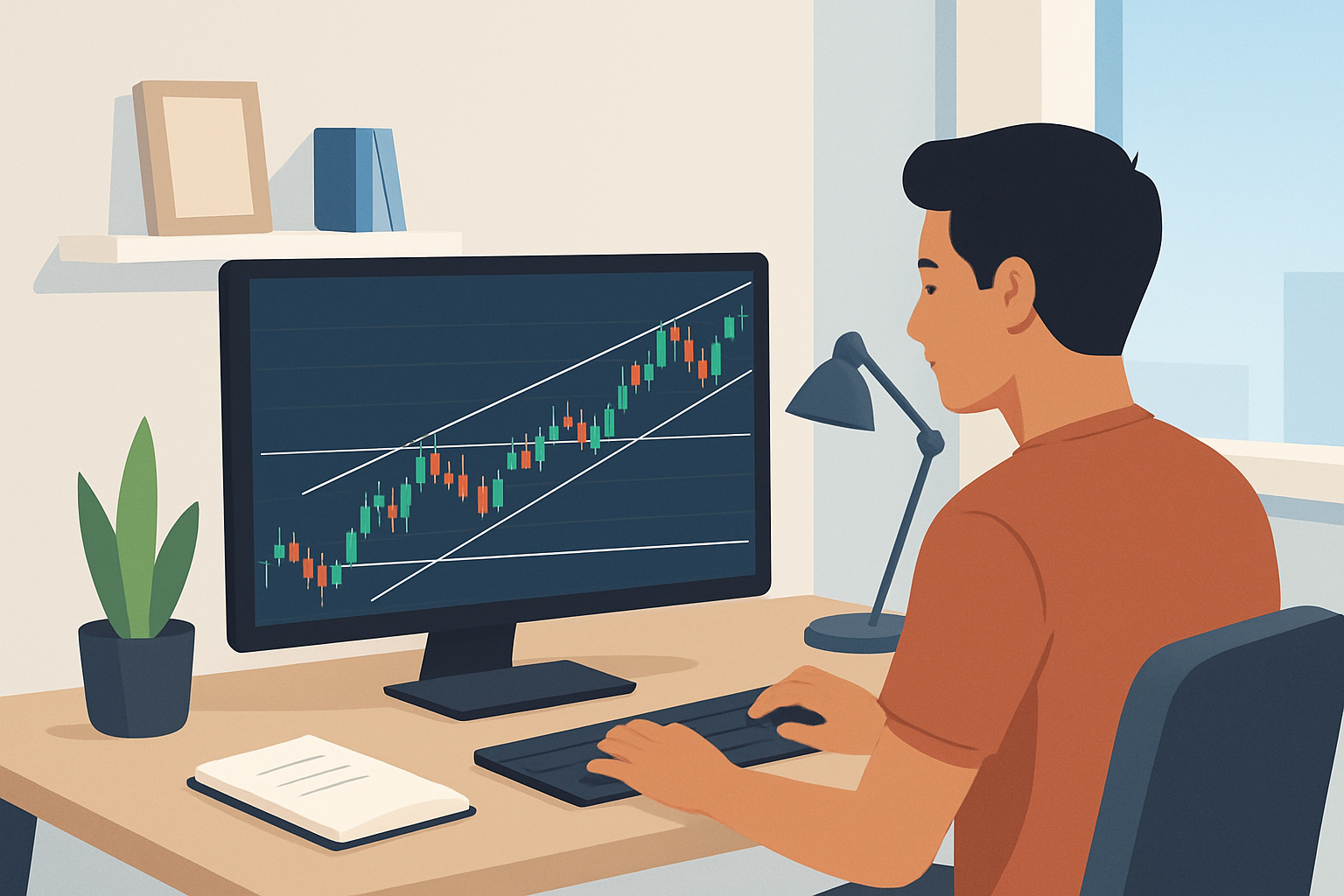
A beginner forex trader using simple charting techniques to identify trends and support/resistance levels.
Managing risk is absolutely important when it comes to protecting your trading capital. Simple moves like placing stop-loss orders can be a lifesaver, helping to keep losses from spiraling out of control on any given trade. Keeping your leverage on the low side is a smart way to dodge those wild market swings that can make your stomach drop. I’ve found that sticking to just a small slice of your overall capital per trade makes those inevitable losing streaks way easier to stomach.
Discipline often flies under the radar but it’s absolutely the backbone of managing risk effectively. Sticking to your trading plan and respecting your risk limits can save you from emotional spur-of-the-moment decisions that tend to lead to nasty losses. Patience—yes, that elusive virtue—and keeping your emotions on a tight leash makes it easier to shrug off losses without losing your cool. This lets you focus on the bigger picture and long-term gains.
Beginners often stumble over avoidable mistakes that can really throw a wrench in their progress and unfortunately lead to losses. Catching these common pitfalls early is like having a roadmap that keeps you on track and helps shape smarter trading habits over time.
Continuous learning is absolutely vital when it comes to sharpening your skills in forex for beginners. They’re like your training wheels letting you experiment with different strategies without the nail-biting risk of losing real cash. Online courses and tutorials often serve up a clear step-by-step roadmap to soak up the essentials. Keeping tabs on forex news keeps you in the loop about those curveballs the market loves to throw. Jotting down notes in a trading journal gives you a chance to pause and really mull over what’s clicking and what’s not.
Struggling to improve your trading performance? Edgewonk's advanced analytics tools are designed to give you the edge you need.
With detailed trade journaling, robust strategy analysis, and psychological insights, you'll gain a comprehensive understanding of your strengths and weaknesses. Don't miss out on this game-changing opportunity.
Traders, it's time to elevate your game. Edgewonk is the ultimate trading journal software designed to empower you with data-driven insights and personalized strategies. Take control of your trading journey and maximize your potential.
27 articles published
With 20 years experience in commodity trading, Jasper provides insights into energy markets, precious metals, and agricultural futures with a focus on macroeconomic trends.
Read Posts
Discover a practical, step-by-step approach to start forex trading using essential tools like Tradin...
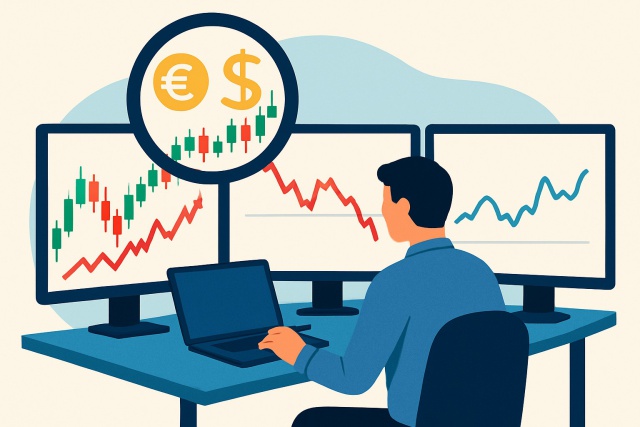
Leverage in forex lets traders control bigger positions with less capital. Learn how it works, its r...

Leverage in forex allows traders to amplify their market exposure with limited capital. Understand h...
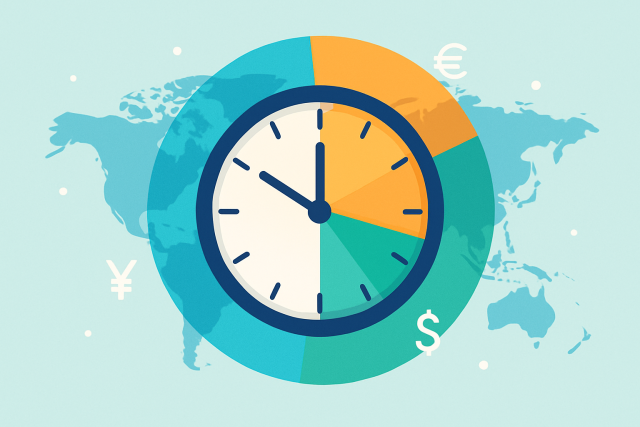
Unlock the secrets of forex time zones and trading sessions to enhance your global trading strategy....
